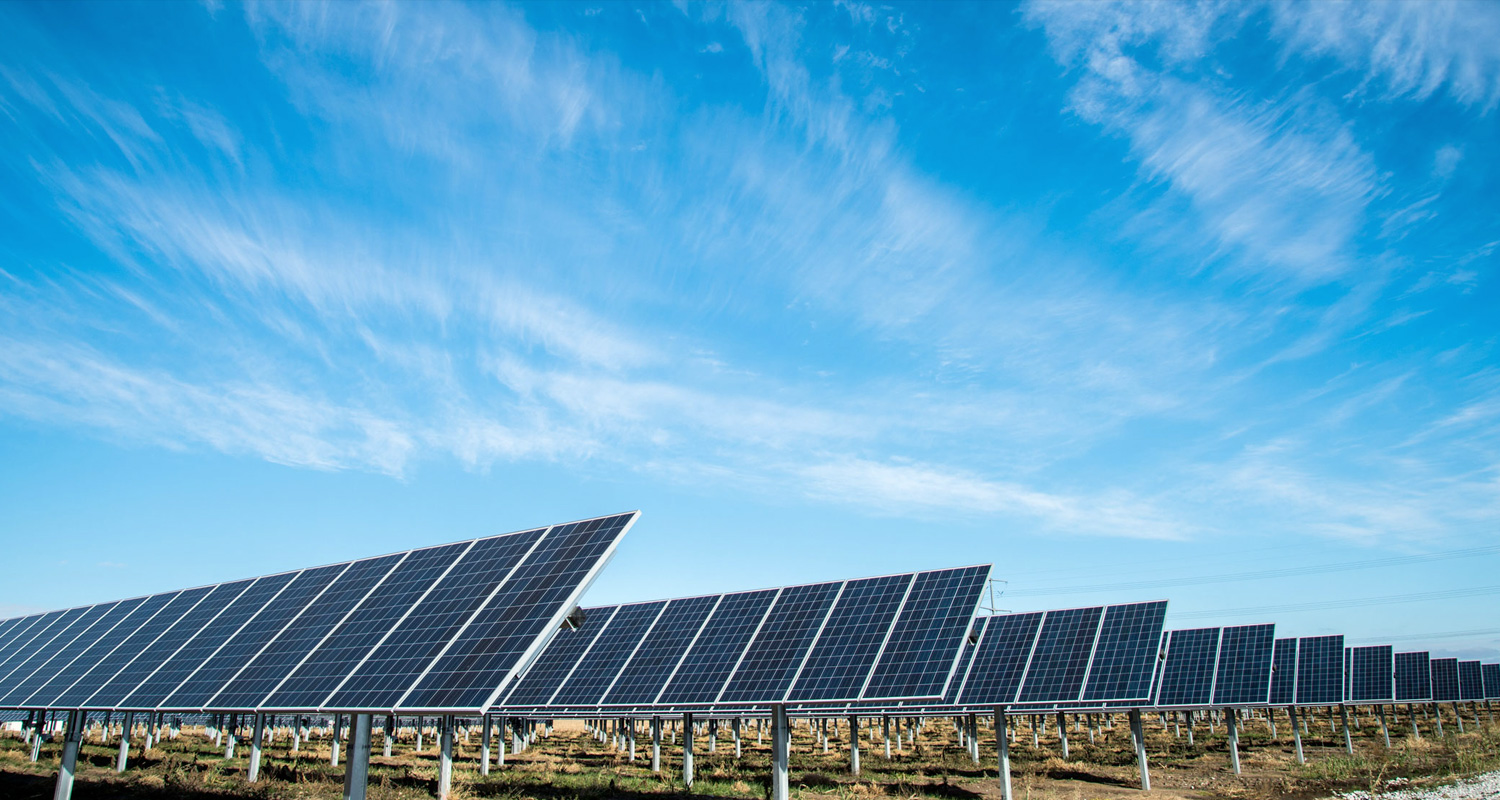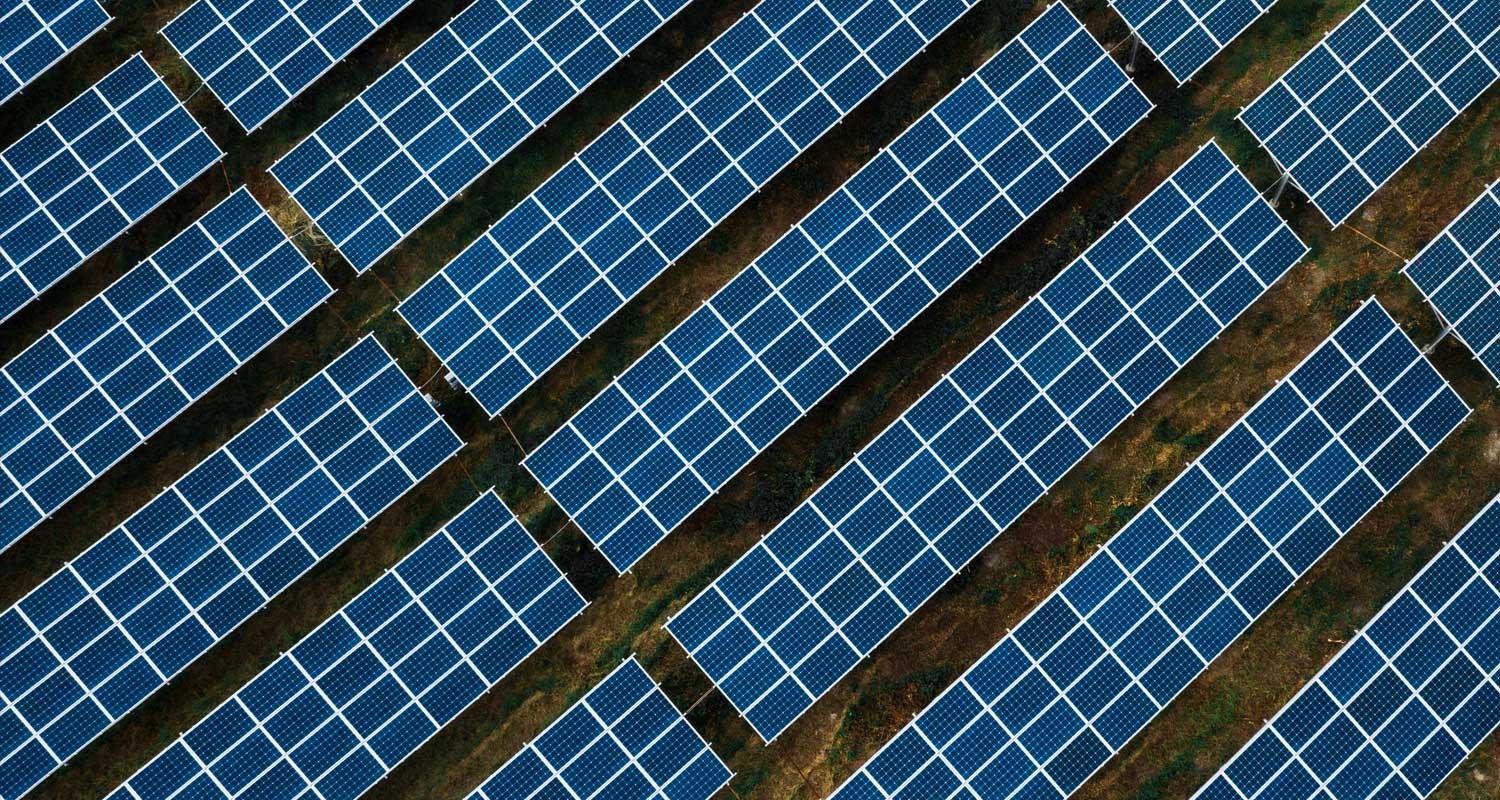 At global solar power conferences in recent years, there’s been a buzzword that certain people love to discuss. While difficult to say, it easily projects a brighter future: perovskite.
At global solar power conferences in recent years, there’s been a buzzword that certain people love to discuss. While difficult to say, it easily projects a brighter future: perovskite.
Pronounced “peh-ruhv-skite”, these solar cells have tantalising potential. Theoretically more powerful, cheaper and less energy intensive to produce than existing technology, they’re also thinner, lighter and — crucially — flexible, opening up a variety of new possible sources of clean power generation, from car rooftops to billboards.
The problem is, perovskite cells are a bit like a finely tuned race car. They work great in controlled environments, but don’t do so well when it’s time to go off-road. Combinations of moisture, heat and sunlight – hardly rare conditions in locations best suited for solar panels — can warp their unique crystalline molecular structure, leading to rapid degradation and a loss of power.
While thousands of researchers and start-ups have tried and failed to bring perovskite to the mass market, there are plenty of developers still pushing for a breakthrough. One is DaZheng Micro Nano Technology, a start-up founded in eastern China in 2018 that’s raising funds to build the world’s first mass-production plant for the technology.
“Perovskite is more efficient in theory, so it is destined to have a very good future,” said Chen Ma, DaZheng’s GM, said in an interview. “Human beings always seek higher efficiency.”
The Jiangsu-based company claims its perovskite modules can retain more than 90% of their original efficiency after 15 years of use, which, if true, would resolve the main barrier the technology faces to enter the mass market — a decline in generation capacity as the panels age. To improve performance, DaZheng has taken steps including adjustments to the cell encapsulation process, according to Ma.
Expensive
Even so, DaZheng’s mass-produced perovskite modules generate less electricity than regular panels. They’re also currently about five or six times more expensive, though Ma says his company’s products could fall to half the price of existing silicon-based panels once production is scaled up.
The benefit is that perovskite products are lighter and bendable, meaning that they can be used in places regular panels can’t be installed, according to Ma. Some developers suggest the cells could even be 3D printed.
Traditional silicon-based panels took more than half a century to move from the laboratory to mass adoption, and now have the solar sector on track to become the single largest global source of power capacity by 2027. About 320GW more solar power will be added this year, according to BloombergNEF, enough to power more than 200 million homes at peak generation. Nearly all of that will be from silicon cells.
Incumbent technology is unlikely to lose “market dominance in the next 10 years,” said Hou Yi, assistant professor at the Solar Energy Research Institute of Singapore. “It is also important to remember that perovskite technology has emerged only in the past decade.”
 As long as perovskite can solve degradation problems, the technology should eventually enter the mainstream, Li Zhenguo, founder of Longi Green Energy Technology, the world’s largest solar manufacturer, said in a September speech.
As long as perovskite can solve degradation problems, the technology should eventually enter the mainstream, Li Zhenguo, founder of Longi Green Energy Technology, the world’s largest solar manufacturer, said in a September speech.
“Perovskite has pretty impressive progress and potential on cell efficiency, and future cost control, if it works out, which makes it a buzzword,” said Yali Jiang, a BNEF analyst.
DaZheng has sold more than 100MW worth of perovskite panels to customers in China, the US and and Australia, according to the company. It’s now among at least 14 Chinese entities seeking to add perovskite manufacturing lines. Ma’s firm aims to build a factory to produce 100MW of panels a year, and has plans to lift annual capacity to 1GW as early as 2025.
Read: Thinking of going solar? Read this first
Some funding is already flowing into the sector. A perovskite unit of renewable giant GCL Technology Holdings raised the equivalent of R1.3-billion last December, and investors put R950-million into Microquanta Semiconductor in 2021.
Read: Tax relief announced for homeowners going solar – all the details
For bulls like Ma, the technology is likely to co-exist alongside silicon for some time — and then ultimately replace the currently preferred format. “We should give perovskite enough tolerance and time,” he said. — (c) 2023 Bloomberg LP

